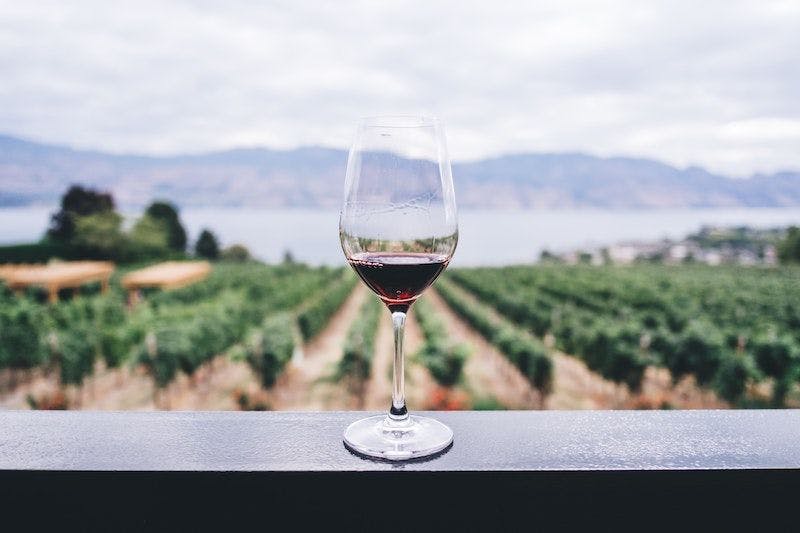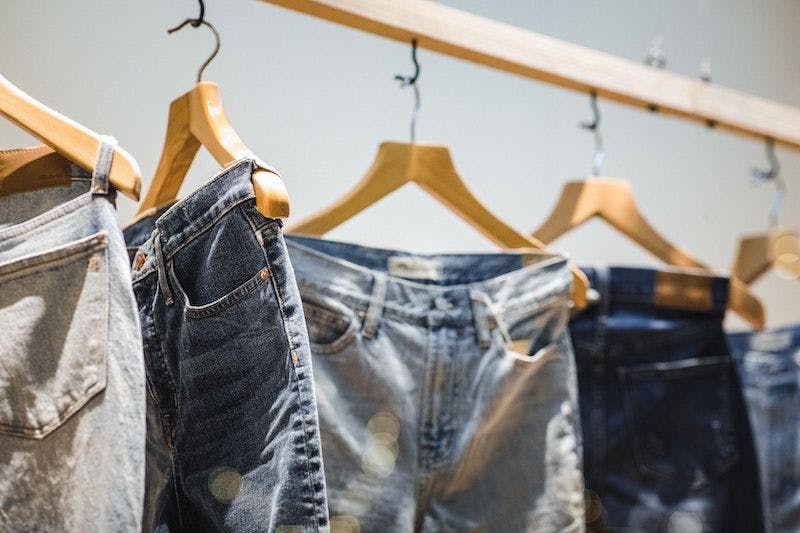White wine, red wine, rose, champagne – there are so many different types of wines that you feel like a kid in a toy store once you enter the wine section. However, just like there are many types of wines, there are also hundreds of different prices – often within the same variety.
While the reason for the price difference between wines bought on auctions organized by Acker Wines or Fine Wine and Spirits and the local supermarket is quite apparent, the reason behind the price difference in the local store might not be.
When assessing the price of a bottle of wine, consider factors such as the winemaking process, aging potential, and the use of oak barrels, as these elements often reflect the wine’s quality and character
So what exactly does the price say about your wine, and what it depends on? Why is there such a difference in pricing? Well, that’s something we will be discussing in this article, so if you want to find out more, all you have to do is keep reading.
Wine’s Price – What Does It Depend On?
While we are used to the fact that ‘better’ things are more expensive, especially when it comes to food, the matter is slightly different with wine. The price is not a good measurement of quality or taste, but rather it’s a representation of how much the producer hopes the customers deem to be worth it.
Truth be told, you can buy expensive wine, but it might not have a good taste, or you can have the opposite situation – you buy one of the cheapest wines out there, and it turns out to be one of the best you have ever tried.
What Contributes to the Wine’s Price?
Wine price is almost like a minefield. However, we can distinguish some factors that have an impact on the price.
Location
The first factor that affects the price of the wine is location. There are some regions that are known for producing great values because of economies of scale, lower land value, long-term experience, or larger crop tonnage. However, there are also regions that are more recognized for producing expensive wines, usually due to opposite reasons, including small production, high land values, or limited experience.
Labour Costs
The second factor affecting the wine’s price is labor costs. After all, people who make the wine need to know what they are doing – they need skills. That’s why handcrafted wines tend to cost more than wines that were pruned, harvested, and sorted by machines. All the people who take part in the winemaking process ensure consistency and quality of the product – however, at the same time, they also influence labor costs, therefore affecting the wine’s price.
Equipment Costs
In some cases, the vineyard might experience a shortage of people – in this case, they have no other choice but to buy the machinery that will help them beat the problem of not having enough hands on deck. While, initially, those costs will most likely make a dent in your pocket, once the system starts to run efficiently, it can help save money.
Aging
The costs connected with wine production are not only associated with labor and vineyard. After all, the wine has to rest somewhere before it is ready to be sold. To do that, producers need things such as filters or oak barrels, which tend to be quite expensive. One oak barrel can cost as much as $1.000. The producers of less expensive wines tend to use oak staves, oak chips, or sometimes even an oak-flavor additive, to get a similar result at a lower price.
Another thing that needs to be considered when it comes to wine’s aging process is where the barrels are stored – after all, it doesn’t take a month or two for the wine to be ready. It usually takes several years.
Vintage
The fifth factor affecting the wine’s price is vintage – this is especially important in regions with colder climates, in which there is a variation from year to year. For example, wine from the year when the winery experienced a grape shortage will most likely be more expensive than a wine from a year when there were more than enough grapes.
Packaging
The last factor affecting the wine’s price is packaging. If you have ever seen a large number of different wine bottles, you must have noticed that some of them are fancier and heavier, or include some special label – all this can make the wine more expensive. For many people, the packaging is the symbol of quality, which is why wine producers are trying to make the bottles more sophisticated for more expensive wines.
The Bottom Line
If you’ve been to the supermarket’s alcohol section, you must have noticed that some wines are more expensive than others. Does it mean that they are better? Not necessarily – there are many factors that influence the price, which we have already discussed above.
So, next time you are looking for a wine, and find one more on a pricey side, at least you will more or less know why that’s the case. Cheers!



Comments are closed.